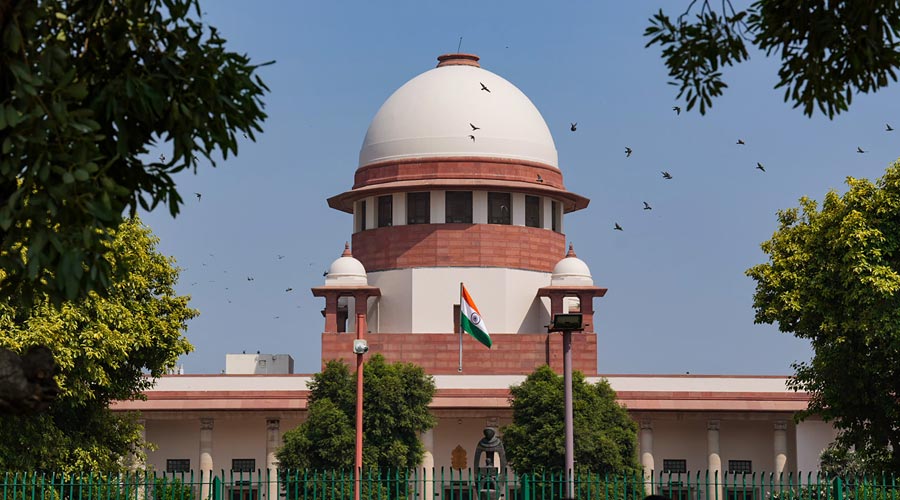Nithyakalyani Narayanan. V
After recent firing incidents inside court complexes, the Supreme Court has directed all High Courts to formulate a security plan for court buildings. The Court also ordered to submit an action-taken report within two months on the installation of CCTVs and digitisation measures to help reduce overcrowding in court complexes.
The Court was hearing a petition filed by Pradyuman Bisht about the failure of states to comply with previous orders passed by the top court from time to time to install CCTV cameras in district courts.
The Court remarked that these are profoundly concerning and are of significant risk to the safety of judges, court staff and litigants. Highlighting that Delhi has witnessed at least three major incidents of gunfire, the division bench of Justice S Ravindra Bhat and Justice Dipankar Datta remarked that the safety and security of stakeholders in the judicial process are non-negotiable– “Would not hope for the litigants who visit the temples of justice dwindle, if the very halls of justice lack the shield of security.”
The Court recognised that there have been lapses in court security, indicating that there is a need to put in place systemic measures to ensure that the faith of people in the judicial system is maintained.
The Court pointed out the issue of the safety of judges outside courts, recalling the 2021 incident in Jharkhand where an Additional Sessions Judge at Dhanbad was killed in a road accident while out on a morning walk.
The Bench also directed the High Courts to reveal what steps have been taken to install CCTV cameras, where they are absent, and introduce an audio-visual facility to record evidence and testimonies during the trial.
The Court suggested setting up a permanent Court Security Unit with armed/unarmed personnel and a supervisory officer and asked High Courts to consider its feasibility, mode of deployment, list of duties and financial benefits for such manpower, and to sensitise them in matters of court security.
The plan also included steps to secure the entry and exit points of the court complex which require constant vigil with the help of security equipment, police personnel, security stickers for vehicles, frisking, metal detectors, baggage scanners, court-specific entry passes, and biometric devices to enhance overall security.
Amicus Curiae Sidharth Luthra emphasised concerns over data and privacy and the court directed the respective High Courts to draft necessary instructions in this regard.
The Court reviewed the aspect of different shops and vendors operating within the court premises and the need to ensure there is a strict check on the relevant permissions for them to operate.
The Court discussed about putting emergency services in place by making ambulances, medical facilities and firefighting services available within the court complexes. The High Courts were asked to ensure unrestricted access to such vehicles which would entail keeping the court complex vicinity free from traffic and parking woes.
The Apex Court also directed to communicate the order to all Chief Justices of all High Courts who will have the discretion to address the concerns by either delegating the task to the respective State Court Management Systems committee or a specially constituted committee drawing members from various stakeholders including state government, police, bar and registry.
Based on the above guidelines, the Court asked all High Courts to submit a preliminary action taken report on the security measures and digitisation by October 10 for passing further orders on the next hearing date (October 12).
Name of the case: Pradyuman Bisht vs Union of India
Bench: Justice S Ravindra Bhat and Justice Dipankar Datta

